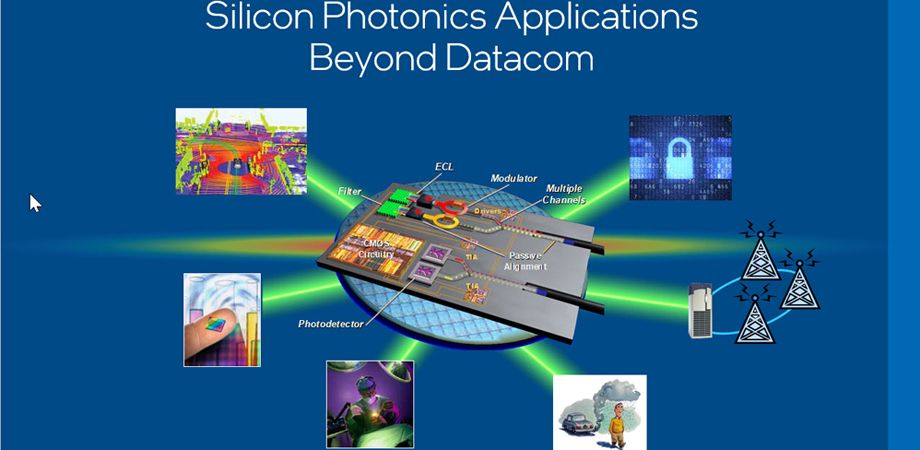TSMC has reportedly tapped two industry heavyweights to explore silicon photonics, according to UDN.com. This move addresses the rising demand for enhanced data transmission speeds, especially with the proliferation of AI technologies and large language models that run on multiple machines.
Reports indicate that TSMC has assembled a dedicated R&D team of approximately 200 experts, focusing on harnessing silicon photonics’s power for future chips. Speculation suggests that TSMC is in talks with major players like Broadcom and Nvidia to co-develop applications centered on the technology. This collaboration aims to produce next-generation chips with silicon photonics, and substantial orders are expected as early as the second half of 2024.
While TSMC has not confirmed the rumors (which have been ongoing for at least a year), the company is optimistic about silicon photonics technology.
“If we can provide a good silicon photonics integration system … we can address both critical issues of energy efficiency and computing power [performance] for AI,” said Douglas Yu, TSMC VP of pathfinding for system integration, reports Nikkei. “This is going to be a new paradigm shift. We may be at the beginning of a new era.”
The SEMICON Taiwan 2023 international semiconductor equipment exhibition recently highlighted silicon photonics by hosting the Silicon Photonics Global Summit, underscoring its growing importance in the industry. Virtually all prominent chip designers, including Intel, are exploring silicon photonics. The collective interest from these giants indicates that the market for the technology could experience a surge starting from 2024 and onwards.
In the wake of the rapid expansion of AI and HPC, there is a growing need for faster datacenter interconnections. Traditional technologies are struggling to keep pace, prompting the industry to turn to other solutions and silicon photonics, which transforms electrical signals into light signals, has emerged as a promising answer that can dramatically speed up chip-to-chip and machine-to-machine interconnections.
However, the journey is not without challenges. As data transmission rates climb, power consumption and heat management become more critical. The industry’s proposed solution involves integrating silicon photonics components with specialized chips using Co-Packaged Optics (CPO) technology. This approach is already gaining traction, with tech leaders like Microsoft and Meta considering its adoption for their next-gen network infrastructures.

